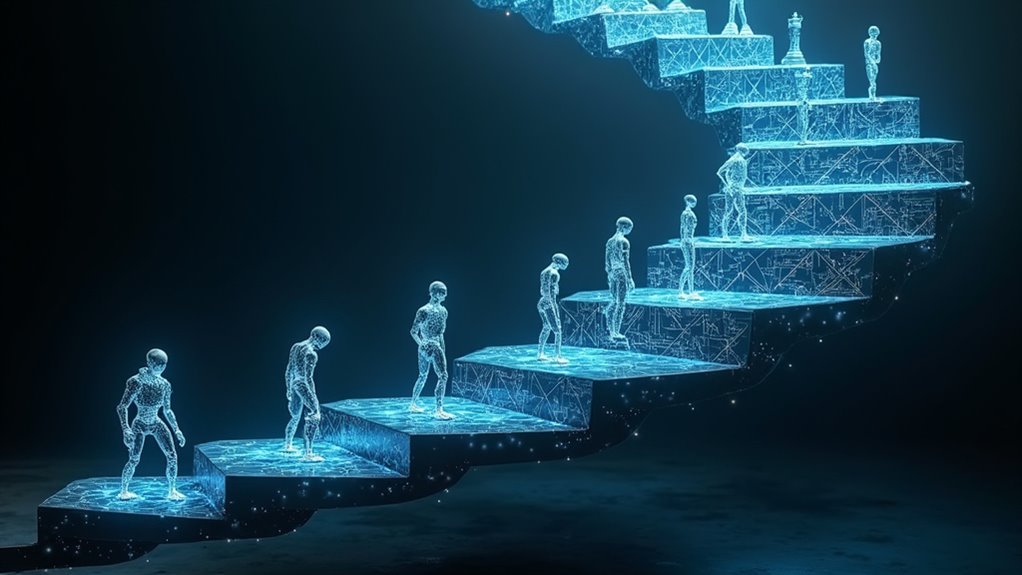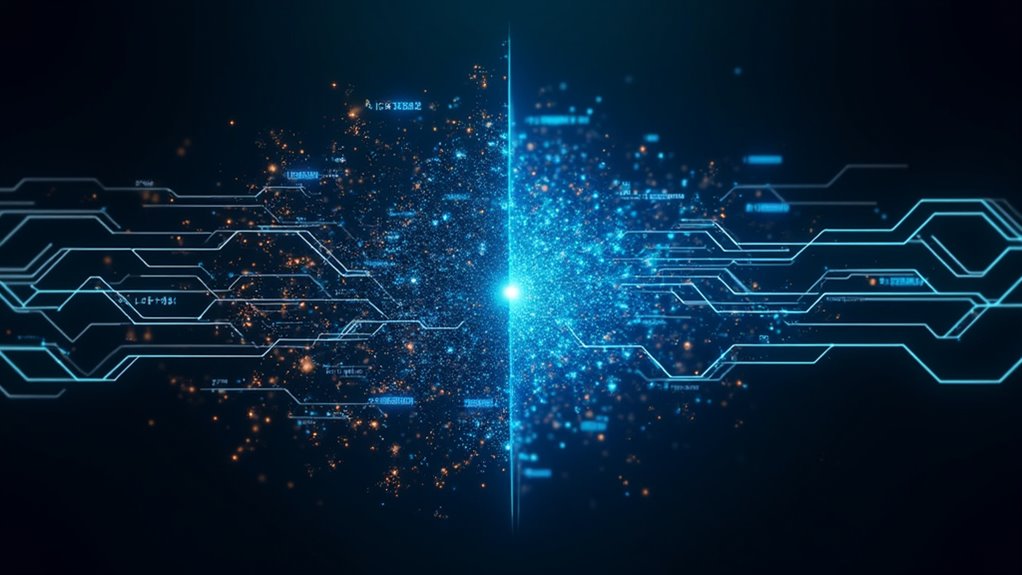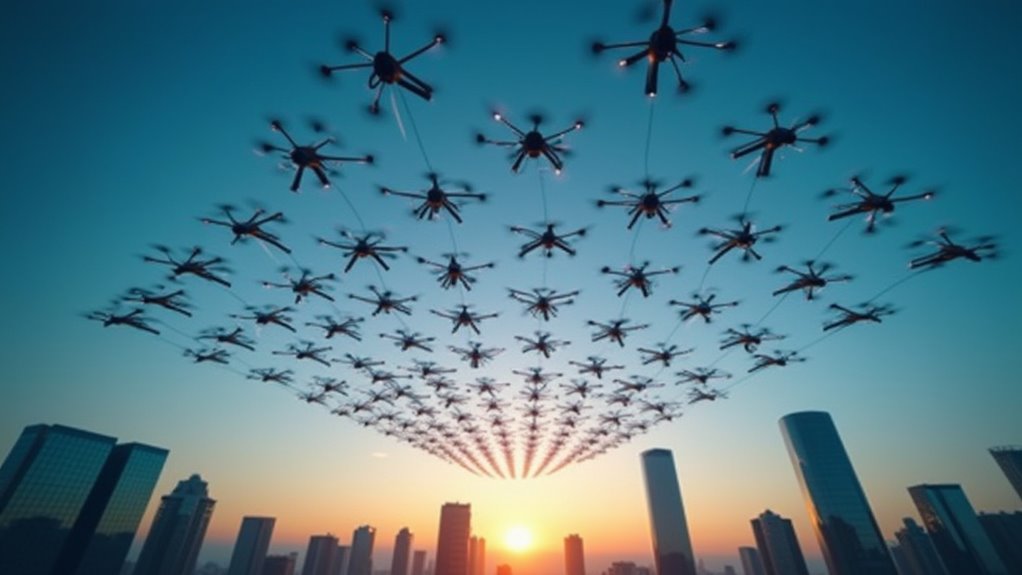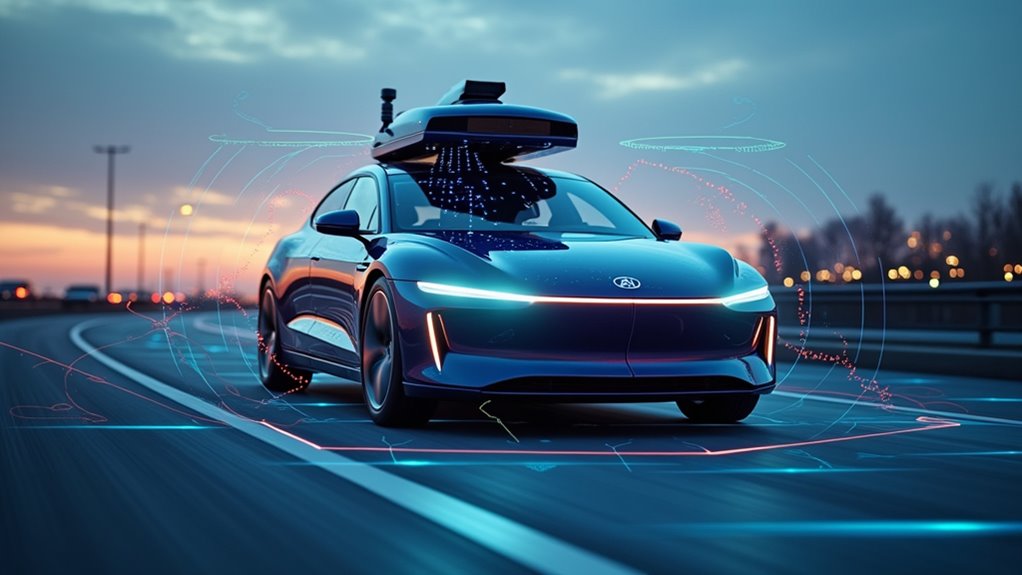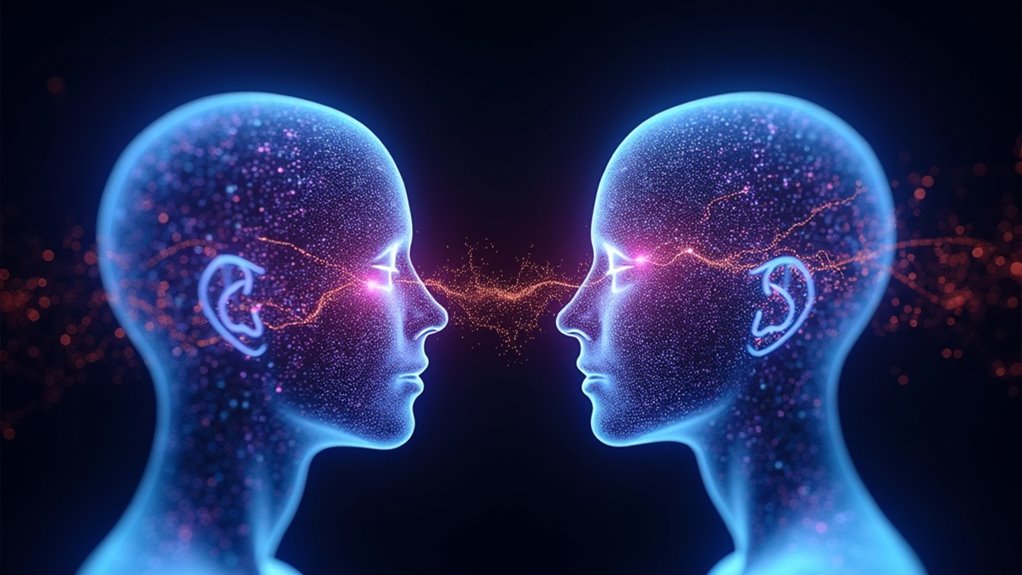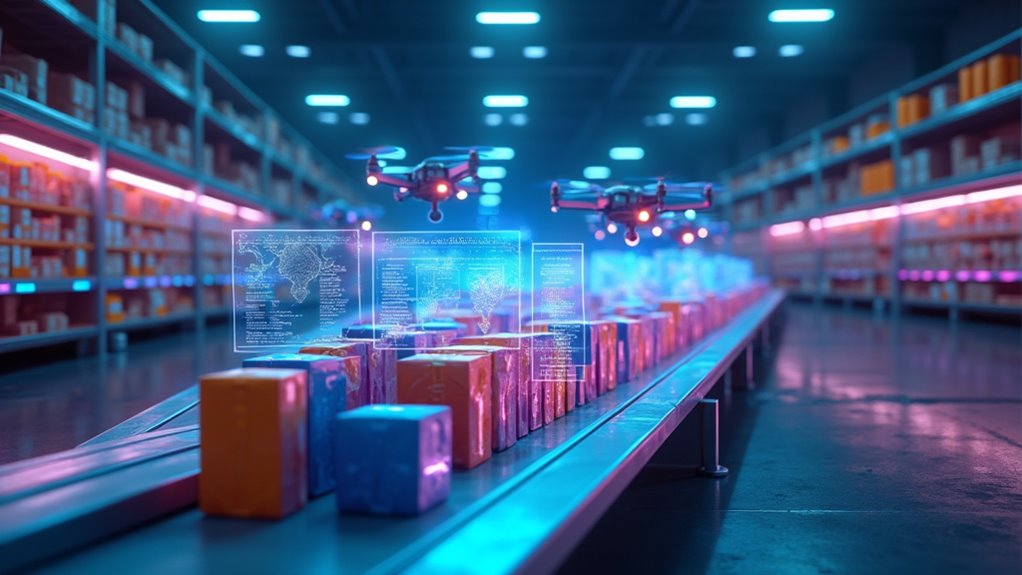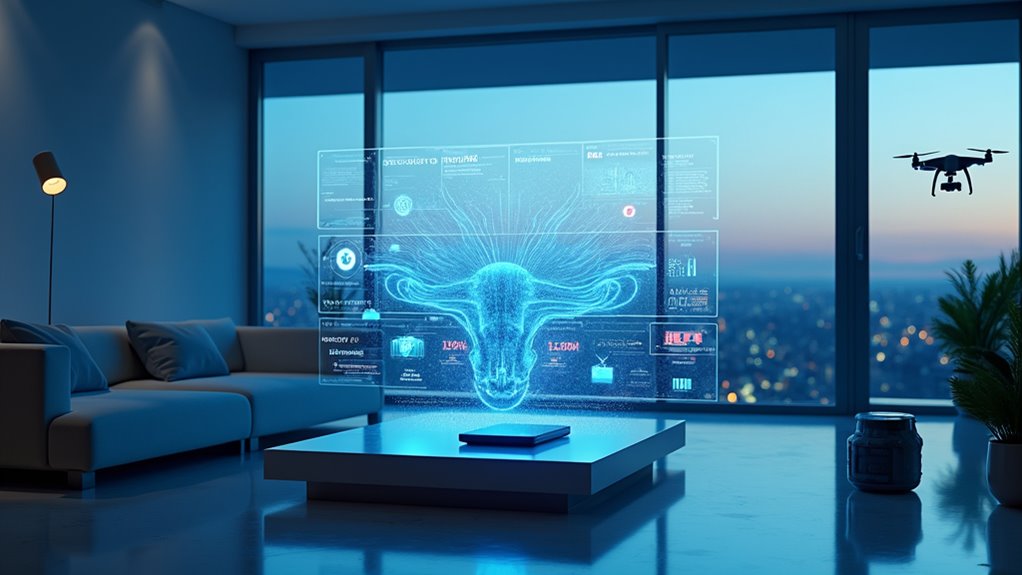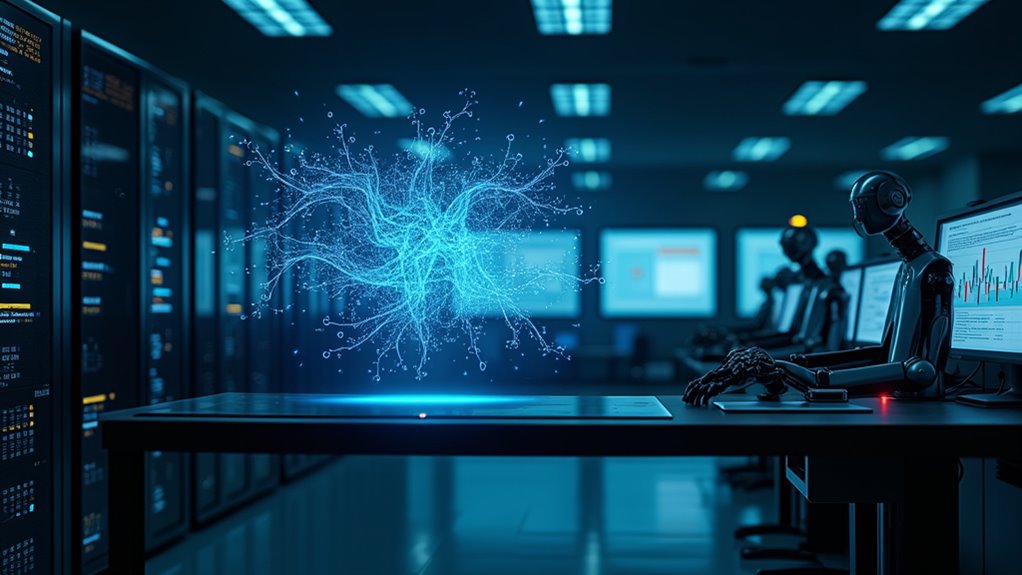The AI journey kicked off in 1950 with Turing’s famous test, followed by SNARC – the first neural network. The 1960s brought real robots like Unimate and the chatty ELIZA. Things got rocky in the 1970s (hello, AI winter), but the 1980s and ’90s came roaring back with self-driving cars and Deep Blue’s chess victory. By the 2000s, AI exploded onto the scene with ASIMO, Roomba, and Siri. And that’s just scratching the surface of this wild technological ride.
Nearly every major AI breakthrough we take for granted today can be traced back to the 1950s, when brilliant minds first dared to dream of thinking machines. It all kicked off with Alan Turing’s famous test in 1950, followed quickly by the first artificial neural network, SNARC. The development of Limited Memory AI systems that could learn and make predictions marked a significant milestone.
Then Arthur Samuel showed up with his checkers-playing program in 1952, proving machines could actually learn. The term “Artificial Intelligence” itself wasn’t even a thing until 1956, coined at the now-legendary Dartmouth Conference.
Machine learning began with a simple game of checkers in 1952, years before AI even had its name.
The 1960s brought us the first real robots in factories – starting with Unimate at General Motors – and ELIZA, a chatbot that fooled people into thinking they were talking to a therapist. The development of Shakey the robot marked the first mobile intelligent robot in history.
Shakey the robot stumbled around, trying to be mobile and intelligent. Meanwhile, Japan was busy building human-like robots, because of course they were.
Then came the 1970s – aka the first AI winter. Sir James Lighthill wrote a scathing report that basically said, “AI isn’t all it’s cracked up to be.” Funding dried up faster than a puddle in the Sahara. These early setbacks didn’t prevent the eventual rise of automated systems in customer service and manufacturing sectors.
But hey, at least Stanford managed to build a system that could identify bacteria.
The 1980s saw AI crawling back into relevance. Mercedes-Benz tested the first self-driving car (bet they didn’t see Tesla coming), and expert systems started showing promise.
By the 1990s, things were getting serious. IBM’s Deep Blue chess computer beat Garry Kasparov in 1997, and suddenly everyone realized AI might actually be a big deal.
The 2000s exploded with innovation. Honda’s ASIMO robot walked around like an astronaut in a suit, and the Roomba proved AI could at least clean our floors.
Then came the 2010s, when everything went into overdrive. IBM Watson crushed it on Jeopardy!, and Apple’s Siri started talking back to us.
It’s wild to think that in just 60 years, we went from basic computing to having AI assistants in our pockets that we regularly argue with about the weather.
